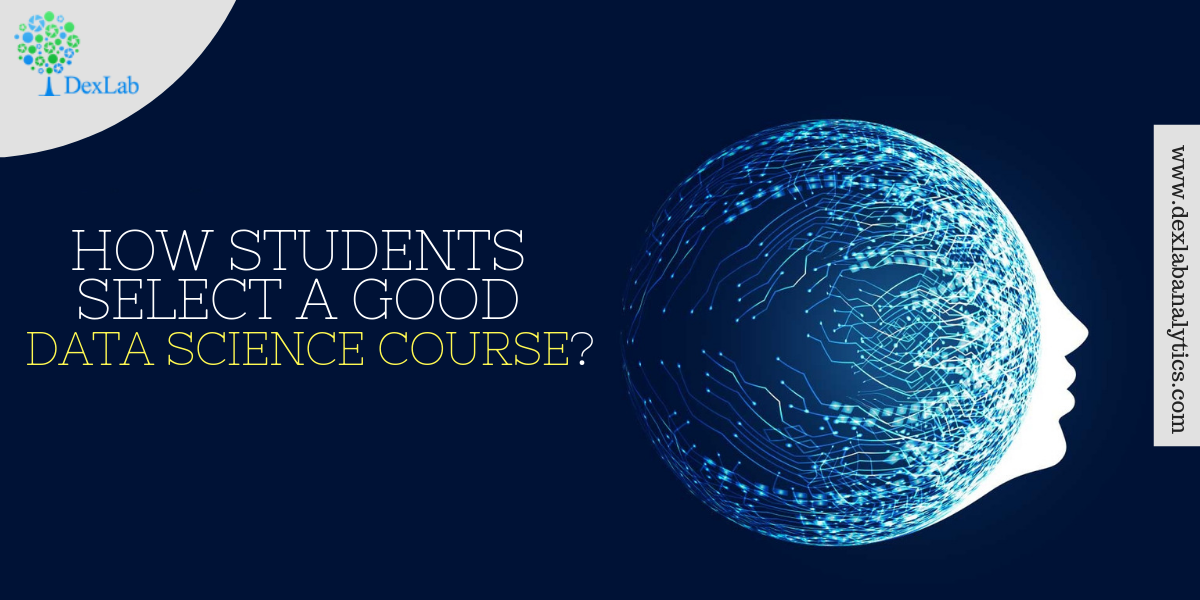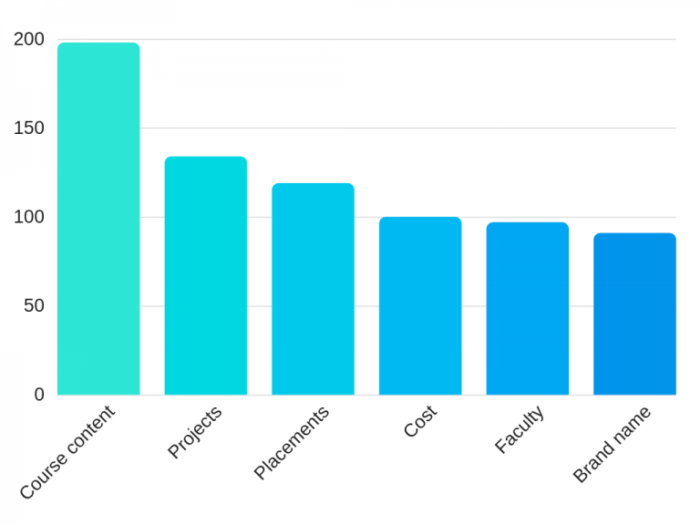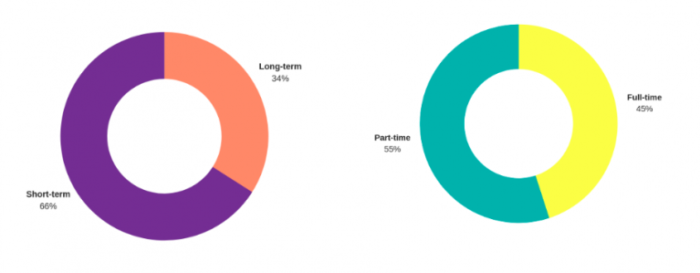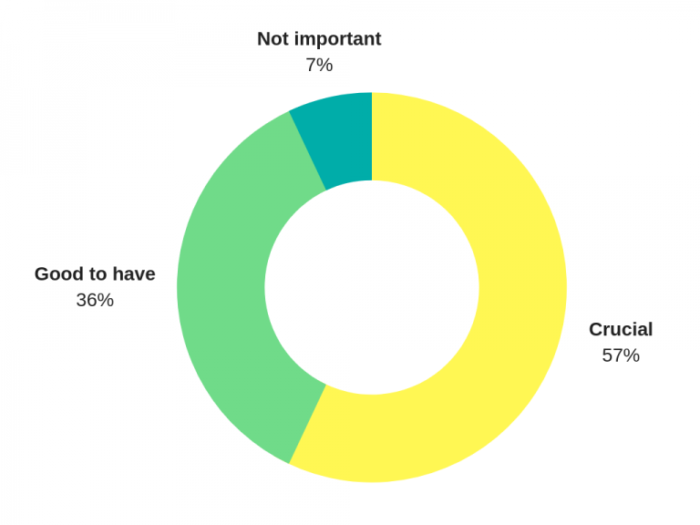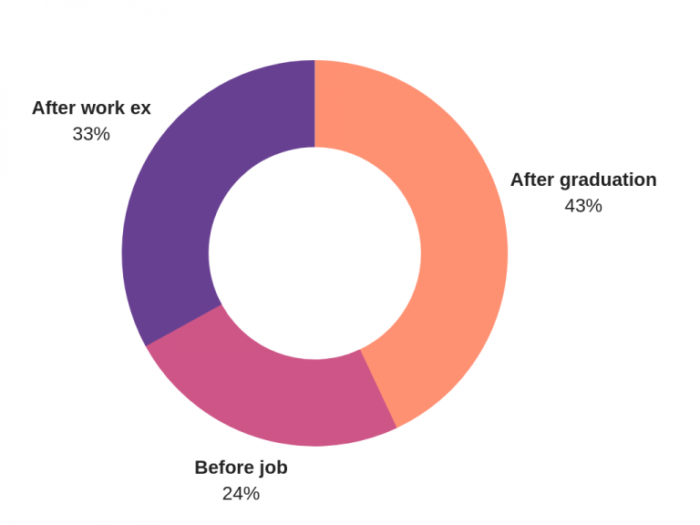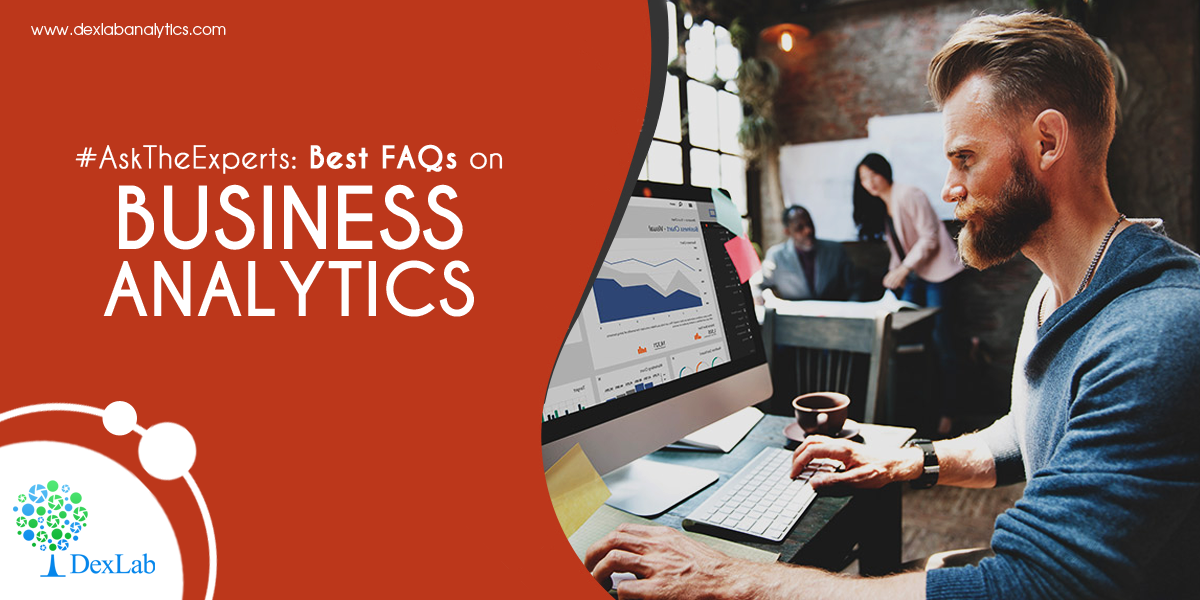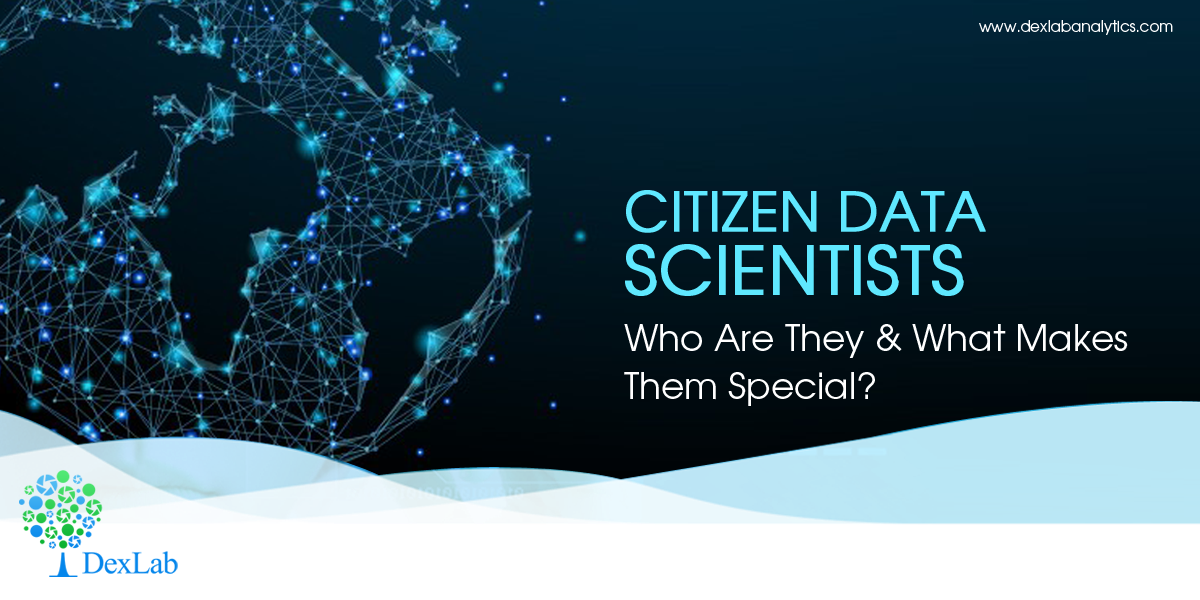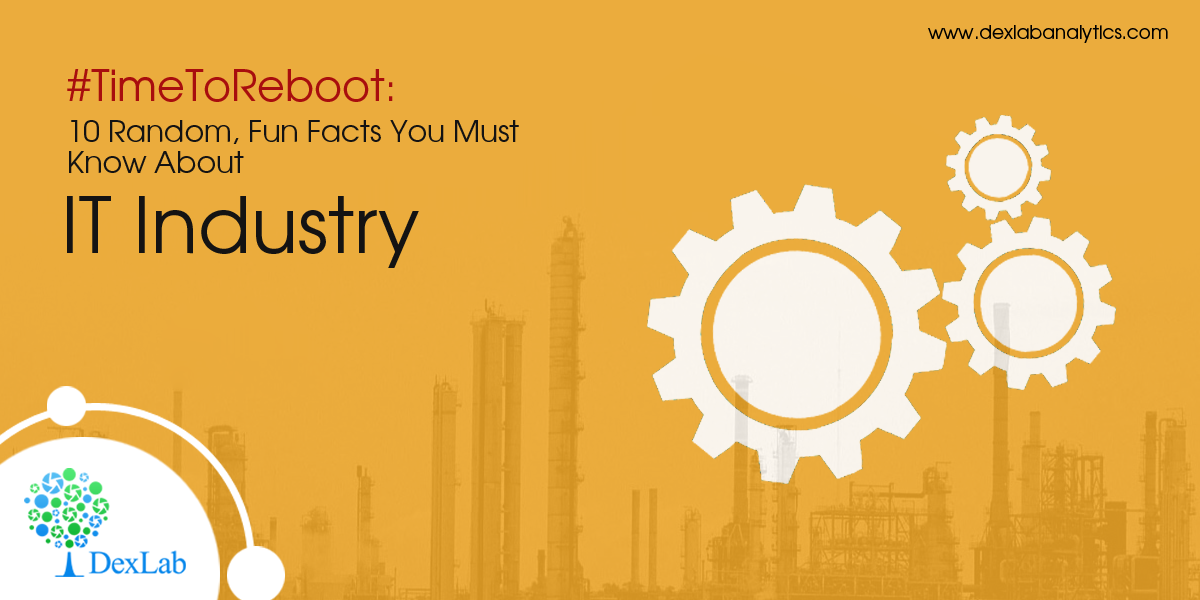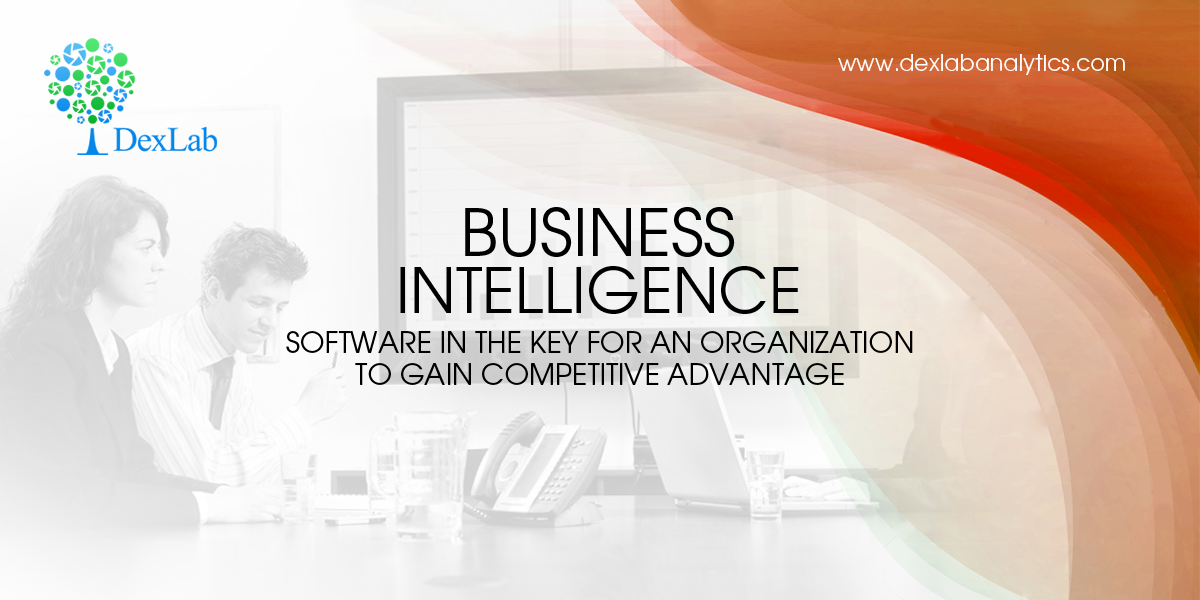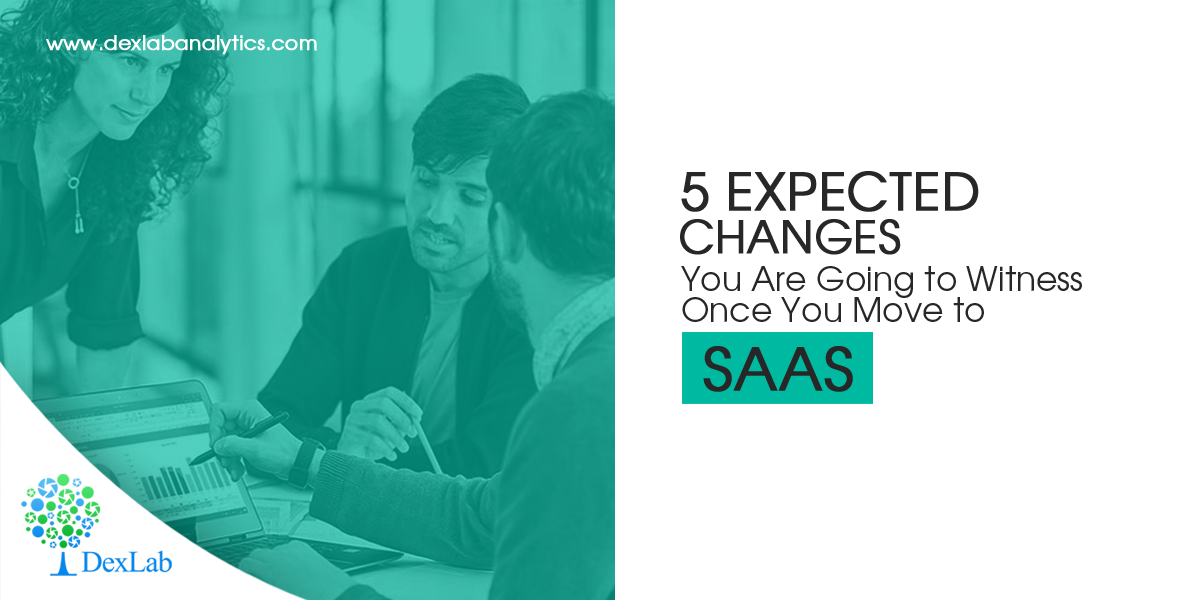
A flamboyant, sophisticated technology lashed with a heavy stroke of sci-fi, AI and machine learning – is today’s data science. To manage, control and understand such an elusive concept, we need highly skilled data specialists – they must have mastered thoroughly the art and science of machine learning, analytics and statistics.
As the world is becoming more dynamic, the roles of data analysts and professionals are found to be increasingly inclined towards precision, versatility and eccentricity. More and more, they are expected to do things differently, posing as catalysts for change. They play an incredible role in inspiring others and bringing accuracy and accountability within an organization.
Data Analysts Facilitate Solutions for Stakeholders
“Business analysis involves understanding how organizations function to accomplish their purposes and defining the capabilities an organization requires to provide products and services to external stakeholders,” shares International Institute of Business Analysis in its BABOK Guide.
The main job of a business analyst is to understand the current situation of a company and facilitate a respective solution to the problem. Mostly, a team of analysts work with the stakeholders to define their business goals and extract what they expect to be delivered. They gather a long range of business-fulfilled conditions and capabilities, document them in a collection and then eventually frame and strategize a plausible solution.
Analysts Have a Multifaceted Job Role
Mostly, they wear many hats as the tasks of analysts are widely versatile and always changing. Below, we have mentioned a few most common job responsibilities they have to perform every day:
- Understand and analyze business needs
- Address a business problem
- Construe information from stakeholders
- Fulfill model requirements
- Facilitate solutions
- Project management
- Project development
- Ensure quality testing
Enjoy a smooth learning experience from a reputed analytics training institute in Delhi – DexLab Analytics!
The Title ‘Business Analyst’ Hardly Matters
As a matter of fact, the title ‘business analyst’ doesn’t matter much. To fulfill the role of a ‘business analyst’, you don’t have to an analyst at the first place. Many execute the tasks as part of their existing role – data analysts, user experience specialists, change managers and process analysts – each one of them can feature business analyst behaviour.
Put simply, you don’t have to be a business analyst to do the job of a business analyst.
Business Analysts Act As Interpreters
As always, different stakeholders have different goals, needs and knowledge regarding their businesses. Stakeholders can be anyone – managers to end users, vendors to customers, developers to testers, subject matter experts, architects and more. So, it depends on the analysts to bring together all this knowledge and analyze the information gathered. This, in turn, offers a clear understanding of company goals and vision. It bridges the gap between the business and IT.
For this and more, business analysts are often compared with interpreters. Just the way the latter translates French into English – analysts too translate their stakeholders’ query and needs into a language that IT professionals can easily grasp.
Hope this comprehensive list of thoughts has helped you understand what analysts do in general!
If you want to become a data analyst or interested in the study of analytics, drop by DexLab Analytics. They are a one-stop-destination to grab data analyst certification. For more, reach us at dexlabanalytics.com
The blog has been sourced from ― elabor8.com.au/what-does-a-business-analyst-actually-do
Interested in a career in Data Analyst?
To learn more about Data Analyst with Advanced excel course – Enrol Now.
To learn more about Data Analyst with R Course – Enrol Now.
To learn more about Big Data Course – Enrol Now.To learn more about Machine Learning Using Python and Spark – Enrol Now.
To learn more about Data Analyst with SAS Course – Enrol Now.
To learn more about Data Analyst with Apache Spark Course – Enrol Now.
To learn more about Data Analyst with Market Risk Analytics and Modelling Course – Enrol Now.

